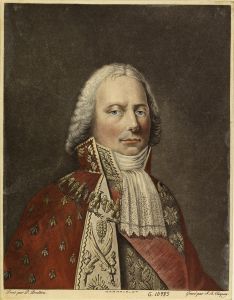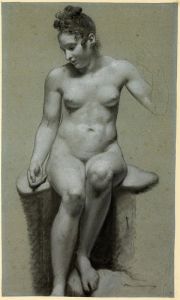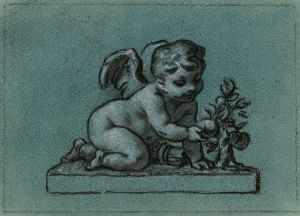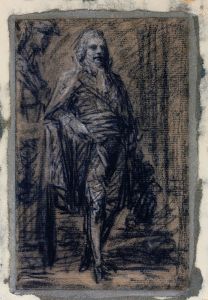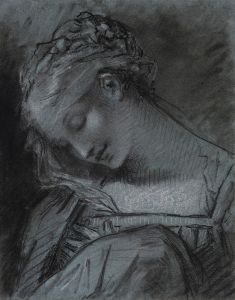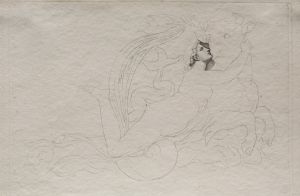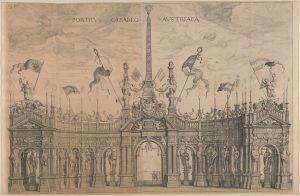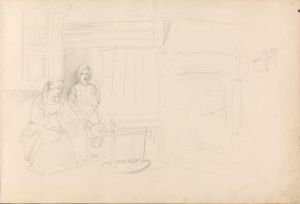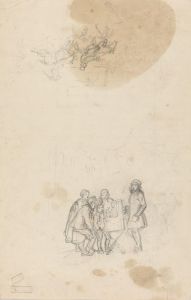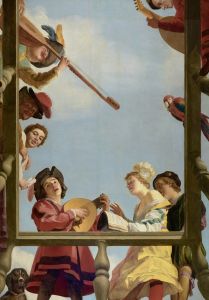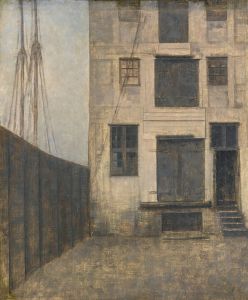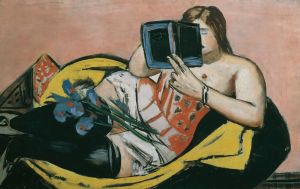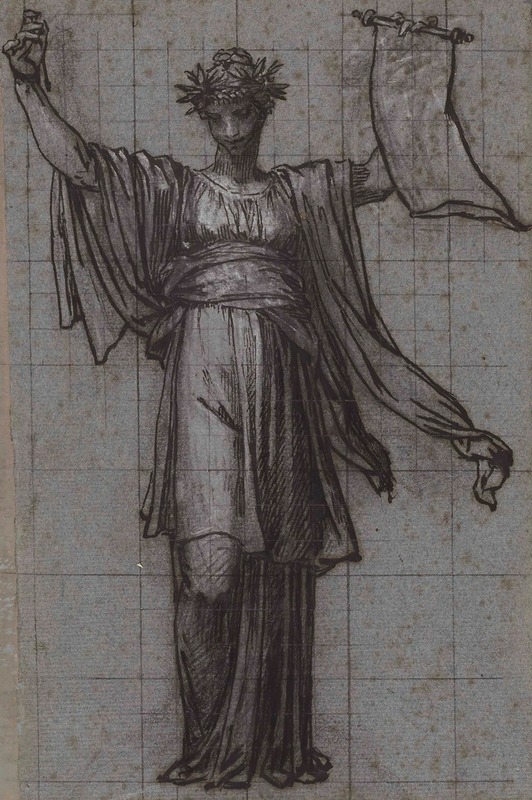
Figure allégorique
A hand-painted replica of Pierre-Paul Prud'hon’s masterpiece Figure allégorique, meticulously crafted by professional artists to capture the true essence of the original. Each piece is created with museum-quality canvas and rare mineral pigments, carefully painted by experienced artists with delicate brushstrokes and rich, layered colors to perfectly recreate the texture of the original artwork. Unlike machine-printed reproductions, this hand-painted version brings the painting to life, infused with the artist’s emotions and skill in every stroke. Whether for personal collection or home decoration, it instantly elevates the artistic atmosphere of any space.
Pierre-Paul Prud'hon was a French Romantic painter and draughtsman, renowned for his allegorical and mythological compositions. One of his notable works is "Figure allégorique," which exemplifies his mastery in creating evocative and ethereal imagery. Prud'hon was born on April 4, 1758, in Cluny, France, and he became a prominent figure in the transition from Neoclassicism to Romanticism in French art.
Prud'hon's "Figure allégorique" is a testament to his ability to blend classical themes with a romantic sensibility. Although specific details about this particular painting are scarce, Prud'hon's work often features allegorical figures that embody abstract concepts such as justice, wisdom, or beauty. His style is characterized by a soft, delicate approach to form and a subtle use of light and shadow, which imbues his figures with a dreamlike quality.
Prud'hon's education and artistic development were influenced by his studies in Dijon and later in Paris, where he was exposed to the works of the Old Masters. His admiration for artists like Leonardo da Vinci and Correggio is evident in his use of sfumato and his focus on the emotional expressiveness of his subjects. Prud'hon's work diverged from the strict linearity and clarity of Neoclassicism, favoring instead a more atmospheric and emotionally resonant approach.
Throughout his career, Prud'hon received numerous commissions from the French government and private patrons. He became particularly favored by Napoleon Bonaparte and his court, creating portraits and decorative works for the imperial family. Despite his success, Prud'hon's personal life was marked by tragedy, including the mental illness and eventual suicide of his wife, which deeply affected him.
Prud'hon's influence extended beyond his lifetime, impacting the development of Romanticism in France. His approach to composition and his ability to convey emotion through allegorical figures inspired subsequent generations of artists. His work is often seen as a bridge between the rationality of Neoclassicism and the emotive qualities of Romanticism.
"Figure allégorique," like many of Prud'hon's works, likely reflects his interest in exploring the human condition through allegory. His figures are often depicted in graceful poses, with a focus on the interplay of light and shadow to create a sense of depth and movement. This technique enhances the ethereal quality of his paintings, inviting viewers to engage with the symbolic meanings embedded within the imagery.
Prud'hon's legacy is preserved in numerous museums and collections, where his works continue to be studied and admired for their technical skill and emotional depth. His unique style and approach to allegorical subjects have secured his place as a significant figure in the history of French art. While specific information about "Figure allégorique" may be limited, it remains an integral part of Prud'hon's oeuvre, exemplifying his contribution to the Romantic movement and his enduring influence on the art world.





